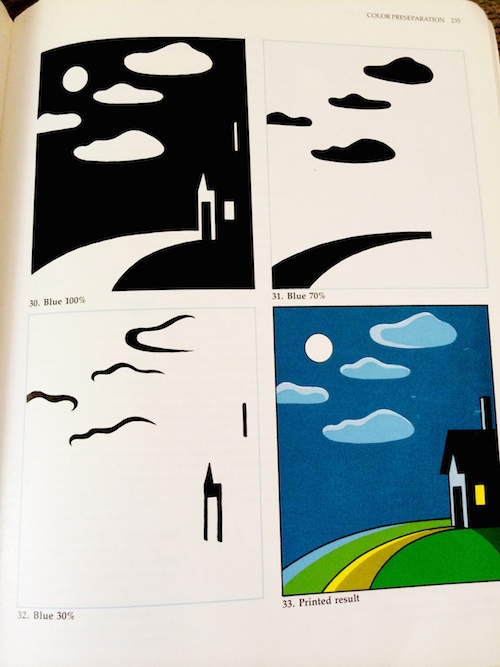Myra here.
Every Saturday we hope to share with you our thoughts on reading and books. We thought that it would be good practice to reflect on our reading lives and our thoughts about reading in general. While on occasion, we would feature a few books in keeping with this, there would be a few posts where we will just write about our thoughts on read-alouds, libraries, reading journals, upcoming literary conferences, books that we are excited about, and just booklove miscellany in general.

“In the best of stories the end may take on a greater meaning than was anticipated in the beginning. When this happens, the story grows into a new dimension, the individual becomes universal, the specific and mundane become magical and wondrous. Even stories of the utmost simplicity can take on surprising significance from the way they complete their actions.” (Shulevitz, 1985, p. 45)
I learned about this book through our featured illustrator last month, Isabel ‘Pepper’ Roxas, who mentioned this during her session in AFCC back in 2012, as one of the most helpful books for her when she was starting out in children’s illustration.
The book is divided into four major sections. Part One is “Telling the Story” where Shulevitz talked about the characteristics of a picture book, whether one is creating a picture book or a story book, the elements of a story’s content, and even the sequencing of a story that makes the most sense to a reader. It is also chock-filled with a lot of imagery and sample illustrations that drive home Shulevitz’ point, as can be seen below:


In Part Two, he goes in detail about how the illustrators plan the book which includes the creation of a storyboard and book dummy, how to size, scale, and shape the book format.

He also shared a few of his insights based from his own experiences on just how detailed and as close to the final work the dummy should be:

He also added a few relevant pointers on things to take note of when planning the entire structure of a printed book, from the book jacket, endpapers, and the variety of binding methods the artist can explore:


And because of this book, I now know what “bleeds” are:

Part Three is all about Creating the Pictures: what the purpose of illustration is, and the basic anatomy of drawing figures and objects:

He also discussed the importance of visual references, picture space and composition as well as the principles of technique and style.


While most of what he wrote here went a little over my head with its technical aspect, as I am not an illustrator myself, it still gave me a fairly-good handle in understanding the terminologies commonly employed in the picturebook world, something which I have a deep desire to know more about.


He also summarized the principles of technique in this manner:
“Good technique is quite simple – it combines sensitivity with resoluteness, which can be summarized in the age-old precepts: Let the paper breathe and Draw boldly, without hesitation. These two principles suggest the Chinese dual principle of Yin (feminine, passive) and Yang (masculine, active). Let the paper breathe, stressing sensitivity, resembles Yin, whereas Draw boldly, stressing vigor, resembles Yang. Together, they produce a technique that is both delicate and strong. (p. 187)
Part Four looks into Preparing for Reproduction which includes details concerning the basics of printing and color pre-separation and the various techniques for reproduction:


More importantly, he shared some of the secrets on how to create a truly moving piece of work, that goes beyond any technique or clearly-defined strategy or concealed agenda:
“To write a story that is truly moving, you should take the characters and what happens to them seriously, regardless of whether the story is sad or happy, serious or funny. Don’t feel remote or above your own story. On the contrary, what affects your characters affects you as well. You have to respond fully to what is in your story, and you must care about your characters, their interests, their joys and sorrows. Project yourself in your characters, so that you and your story become one. Be what you write about. You should empathize with everything in your story; nothing is insignificant, nothing is forgotten or neglected.
An author must learn the principles of good storytelling only in order to write better from the heart.”

Reminds me of how I learned to read 68 years ago along with learning how to trade issues with friends instead of buying new ones, with Comicbooks. I noticed a lot of children’s books lately seem to be returning to using comicbook style and are selling like hotcakes.
Nice article. I am going to buy this book.
Regards and good will blogging.
LikeLike
Have you returned the book?
LikeLike
Hi Tienny, sadly I had to. It was with me though for a total of six weeks. 🙂 I would want my own copy. I’m just afraid that it might be out of print.
LikeLike
i bought a used one today for $8.50 plus 5.00 shipping today. Amazon gives you the choice to buy new or used. I was going to get from my library but considered that this one would be a good reference book. .
Regards and good will blogging
LikeLike
Oh I see
LikeLike
Fun! I love the idea! 🙂
LikeLike
Pingback: [Nonfiction Wednesday] Finding Freedom in times of War through Dance (Li Cunxin), a Map of Dreams (Uri Shulevitz), and the Beatles (Peter Sis) | Gathering Books
Pingback: [Monday Reading] Stories from the Desert by Ehud Ben-Ezer and Jonathan London | Gathering Books
Pingback: [Nonfiction Wednesday] Mohieddin Ellabbad’s “The Illustrator’s Notebook” – Gathering Books